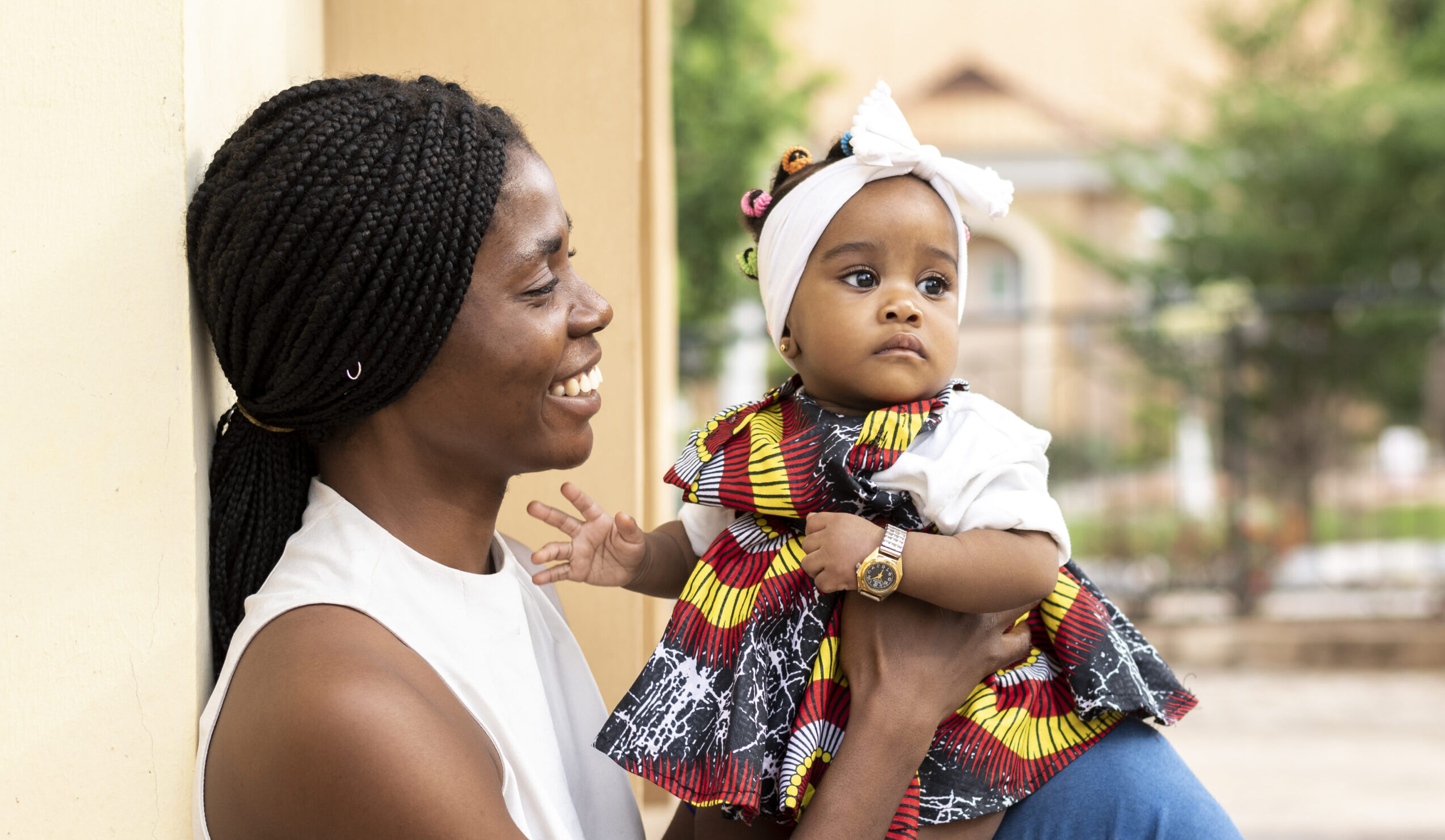
Resources
Long-acting Reversible Contraceptives (LARCs)
Toolkits
Previous

Men as Contraceptive Users: Programs, Outcomes and...
Next

Urban Adolescent Social and Behavior Change Commun...
Topics:
Adolescents & Youth
Most sexually active adolescents in sub-Saharan Africa are not using modern methods of contraception. While long-acting reversible contraceptive methods (LARCs) – such as the intrauterine device (IUD) and the implant – are highly effective, convenient and cost-effective, their uptake among young women is low.
Through rapid assessments, an evidence scan and a Springboard discussion, HC3 identified key barriers to LARC uptake among youth. For example, health care providers are often not aware that LARCs are safe and effective for all women of reproductive age, including adolescents and young people that have not yet had children. Additionally, youth’s own beliefs – often shared and reinforced by providers – that LARCs are for older, married women who are mothers already, or that LARCs can cause health problems, further hamper LARC acceptance for and by youth.
To address these barriers, HC3 created adaptable social and behavior change communication (SBCC) materials to help increase access to LARCs for youth (ages 15 to 24). Parts or the whole collection can be used by family planning program managers who wish to expand the contraceptive method mix available to youth, encourage youth-friendly contraceptive counseling, or who want to increase LARC acceptance among youth. The materials were pretested with youth and providers in Malawi and Nigeria and were revised according to feedback.








